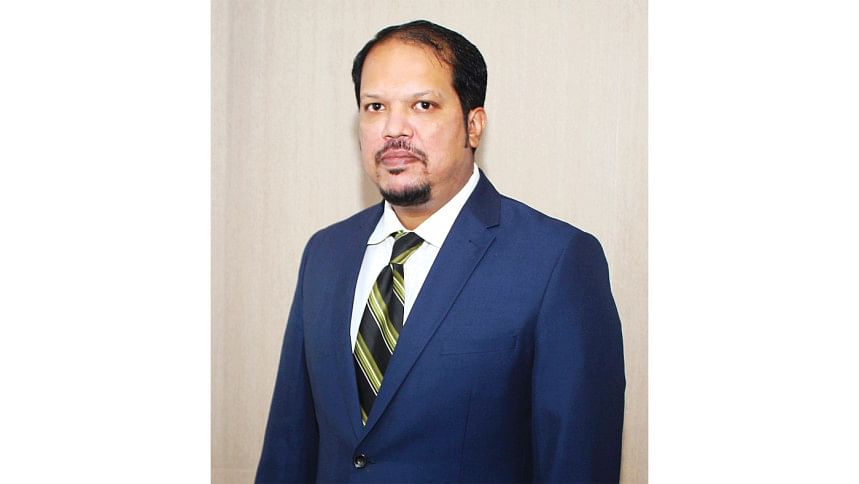Combating financial scams in banking system

Remarkably, the pandemic has acted as a blessing for digital services and dramatically transformed our financial setting, steering it in a nature where digital banking has renewed as an easy solution in our everyday lives.
In terms of cost savings, time management and overall comfort, digital platforms managed by different banks have given us a quantum leap considering customer satisfaction. It has empowered more individuals than ever to engage with financial institutions online. The supreme aim for financial inclusion has also recieved a significant push here.
However, this accelerated shift has also unlocked a sluicegate for financial scams and digital frauds. But as we navigate into this new reality, it becomes necessary to explore effective measures for financial institutions to reinforce their digital platforms against such threats.
The most effective way to counter digital fraud is to implement strong authentication measures. Banks should adopt a multi-factor authentication system (MFA) requiring users to provide different information before accessing their accounts. This could include a combination of passwords, biometric data (fingerprints or facial recognition), and one-time codes sent via email or SMS.
Banks should use modern technology, and employ advanced analytics and artificial intelligence to monitor transactions in real time, identifying any unusual pattern that can indicate fraud. By evaluating risk constantly, banks can respond swiftly to prospective threats and prevent significant financial damage. A group of skilful employees or departments will have a close look at the digital ecosystem of the bank on a regular basis.
Customer education and learning about potential scams are important. Banks should invest in awareness programmes that enlighten clients about common fraud approaches and encourage safe online banking practices.
Regular updates through customer newsletters, workshops, and social media can help users to identify and report suspicious happenings. Bank employees must also be trained to distinguish potential threats and respond appropriately.
Conducting regular vulnerability assessments, stress testing and penetration testing is important to understand the bank's current strength against evolving threats. Third-party audit experts can be deployed periodically to ensure an impartial appraisal of prevailing processes and propose improvements to keep it robust.
The government and the central bank also have some crucial role in creating a secure financial environment. They should establish complete security regulations and provide proper guidelines.
The Bangladesh Bank can introduce a unified regulatory framework only for digital platforms that guide minimum security standards across the board, ensuring a baseline of defence for all.
Collaboration between the government, central bank, and private banks can also lead to joint initiatives focused on combating financial scams. Strengthening customer protection law is also important to safeguard customer rights against any fraud. We must ensure that victims get timely assistance and needful compensation for genuine cases.
With the escalation of digital banking in our country, a culture of security must be reinforced at all levels of financial institutions. This encompasses not only technology and processes but also the people who are engaged with these systems.
As Bangladesh continues to embrace digital banking, it is imperative for our banks to proactively adopt solutions that reduce the risks of financial scams. Through a combination of enhanced cybersecurity, employee and customer education, rigorous internal controls, and strong regulatory support from governmental bodies, the financial sector can secure itself against digital threats.
The writer is a banker.

 For all latest news, follow The Daily Star's Google News channel.
For all latest news, follow The Daily Star's Google News channel. 



Comments